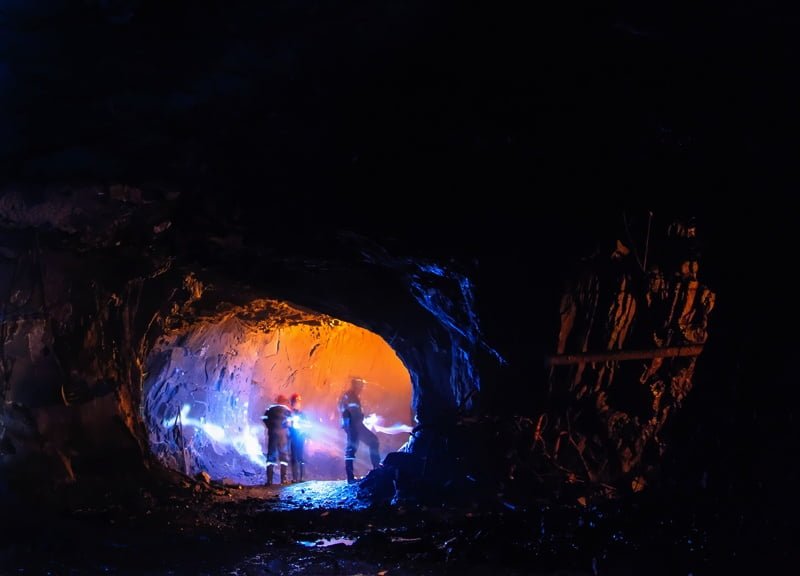5 Challenges the Mining Industry is Currently Facing
The mining industry plays an important role in a country’s economy. It opens up job opportunities, yields foreign exchange, and accounts for a large portion of gross domestic product. Mining is where mineral commodities are sourced to help maintain and improve a country’s standard of living. What most people don’t know about is that the mining industry is often hurdled with challenges, ones that make it difficult for miners to remain competitive.
It’s an industry that comes with its fair share of difficulties, ranging from scarce resources to uncertainty regarding commodity prices. In order to move forward, the industry must overcome these barriers. Here, Oreflow who is a leading mining equipment supplier in Western Australia takes a look at 5 challenges the mining industry is currently facing.

- Access to reliable energy
As resources continue to deplete and miners struggle to source them, it may force companies to push new frontiers of exploration. Depending on the resource being mined, it can potentially end up being more costly compared to traditional mining methods, leaving companies to rely heavily on rental power solutions.
In order to get access to remaining resources, mines are being established in off-grid locations. This means their life cycles are continuously decreasing and building permanent power infrastructure to service the mine may prove to be a financial challenge. Remote mines now use scalable microgrids that can develop gradually and improve its efficiency and flexibility.
- Worker health and safety
Mining is one of the most dangerous professions in the world. There are several workplace hazards that threaten the health and safety of the workers like dust inhalation, hearing damage due to mine noise, and exposure to harmful chemicals. Not only that, but the ever-changing nature of mining has presented a whole host of new issues.
As mines get progressively deeper, the risk of collapse has profoundly increased. The same thing applies to unpredictable climates and surface temperature changes, making it even more challenging for workers to operate safely on deeper mines. This has led miners to place a stronger emphasis on consistent ventilation systems in an effort to protect workers from inhaling dangerous fumes.
- Capital access
Capital access and allocation are often cited as two of the biggest challenges the mining industry is facing. With the rise of exploration and production costs, profit margins have been negatively impacted, leaving investors feeling reticent to collaborate with new projects. Juniors who lack the financial capabilities of major companies face the hurdle of raising enough capital to invest in large-scale mining equipment or expensive mining practices.
Lack of capital access combined with hesitant investors means that several high-profile projects are being scrapped, shelved, or sent back to the drawing board. One solution that’s been highly advertised is flexible financing. This enables juniors to push the boundaries of exploration and place their offerings to the table.
- Unstable commodity prices
With how unpredictable commodity prices are, companies are finding it extremely difficult to plan their income and expenditure. Recent fluctuations in commodity prices have forced many companies to discontinue operations or slash a large percentage of their workforce. This has led mining companies to concentrate their efforts on reducing costs and improving efficiency to keep up with unstable commodity prices.
- Managing its environmental footprint
The mining industry is considered to be one of the most carbon-intensive industries around. While it has been for years, mining companies are now looking for ways on how to minimise their environmental impact and one way to achieve this is by evaluating their energy consumption. Due to remote locations and a limited access to local grid infrastructure, the mining industry is forced to rely on diesel generation for power source.
However, thanks to recent improvements with renewable energy, the industry is starting to adopt hybrid power solutions for their mine site operations. This means the demand for electrically powered vehicles and machines will become more prevalent than ever. By combining battery storage, thermal generation, and renewable energy, mine sites can significantly improve their efficiency while managing their environmental footprint at the same time.
Addressing these challenges
In order to face these challenges head-on, the mining industry as a whole must become more people-focused and collaborative. Companies must look outside their organizations and build an ecosystem that’s based on the best possible practices that allow miners to maximise their full potential. It’s about taking responsibility and making conscious decisions that enable the industry to move forward as a whole.
The good news is, plenty of companies are taking action now. They’re putting their ideas into action and are working to improve them as they go. Addressing these financial, social, and environmental barriers may prove difficult, but in the end will pay dividends for an industry that’s as important as mining.



